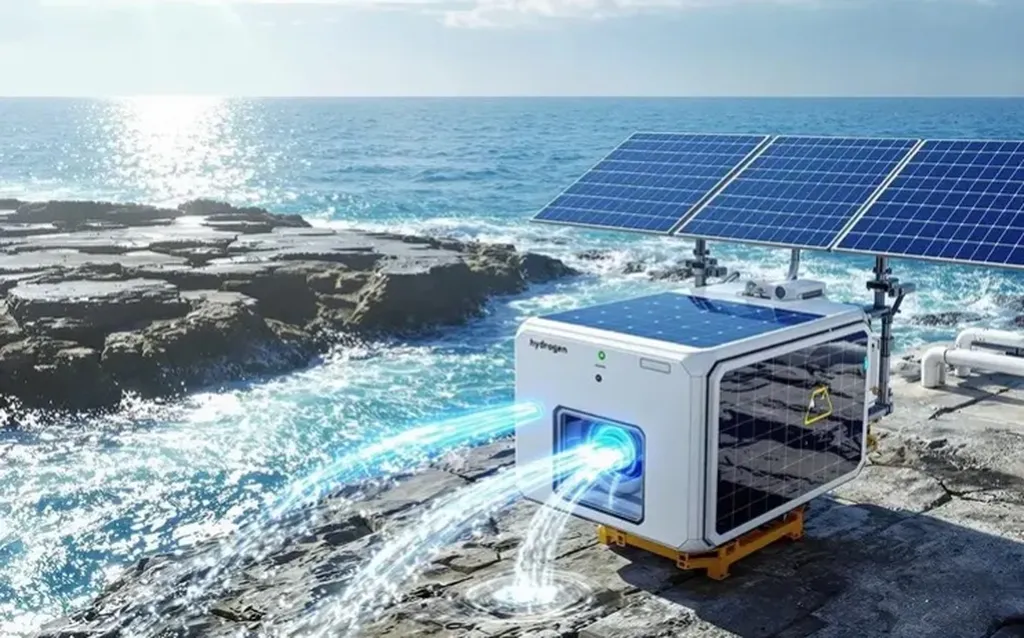In a significant stride towards sustainable energy solutions, researchers have developed an innovative, all-in-one system that harnesses biomass to co-produce electricity, hydrogen, and freshwater. This novel approach, detailed in a study published in “Case Studies in Thermal Engineering,” integrates multiple processes to maximize resource efficiency and minimize waste. The lead author, Zhongkui Zhang from Shandong Provincial University Laboratory for Protected Horticulture at Weifang University of Science and Technology, emphasizes the potential of this system to revolutionize the energy sector.
The system combines biomass combustion and gasification with a Brayton cycle and a cascaded Organic Rankine cycle (CORC), utilizing a biphenyl-diphenyl oxide (BDO) mixture as the working fluid. “This integration allows us to recover waste heat effectively, converting it into additional electrical power,” Zhang explains. The system also incorporates proton exchange membrane electrolyzers (PEMEs) for hydrogen generation and a reverse osmosis (RO) unit for seawater desalination, making it a versatile solution for multiple industrial needs.
One of the key findings of the study is the significant economic impact of freshwater pricing on the system’s net present value (NPV) and payback period (PP). This insight underscores the importance of considering all operational costs when evaluating the feasibility of such integrated systems. The study also reveals that increasing biomass mass flow rates enhances system outputs linearly while maintaining exergy efficiency near 22%. However, elevated moisture content negatively affects performance, reducing power, hydrogen, and freshwater output while increasing emissions and exergy destruction.
To optimize the system, the researchers employed machine learning combined with genetic algorithm optimization. This approach identified optimal trade-offs between exergy efficiency and cost, with an ideal solution achieving 24.59% efficiency at a cost of $416.21 per hour. “This optimization strategy is crucial for making the system commercially viable,” Zhang notes.
The implications of this research are far-reaching. By integrating multiple processes into a single, efficient system, the study paves the way for more sustainable and cost-effective energy solutions. The use of machine learning and genetic algorithm optimization also sets a precedent for future research, demonstrating the potential of advanced technologies to enhance system performance.
As the energy sector continues to evolve, this innovative system could play a pivotal role in meeting the growing demand for electricity, hydrogen, and freshwater. By recovering waste heat and maximizing resource efficiency, it offers a promising solution for a more sustainable future. The study’s findings, published in “Case Studies in Thermal Engineering,” provide a valuable resource for researchers and industry professionals alike, offering insights into the potential of integrated biomass-driven systems.
This research not only advances our understanding of thermal energy systems but also highlights the importance of interdisciplinary approaches in tackling global energy challenges. As Zhang and his team continue to refine their system, the energy sector can look forward to more innovative solutions that prioritize sustainability and efficiency.

